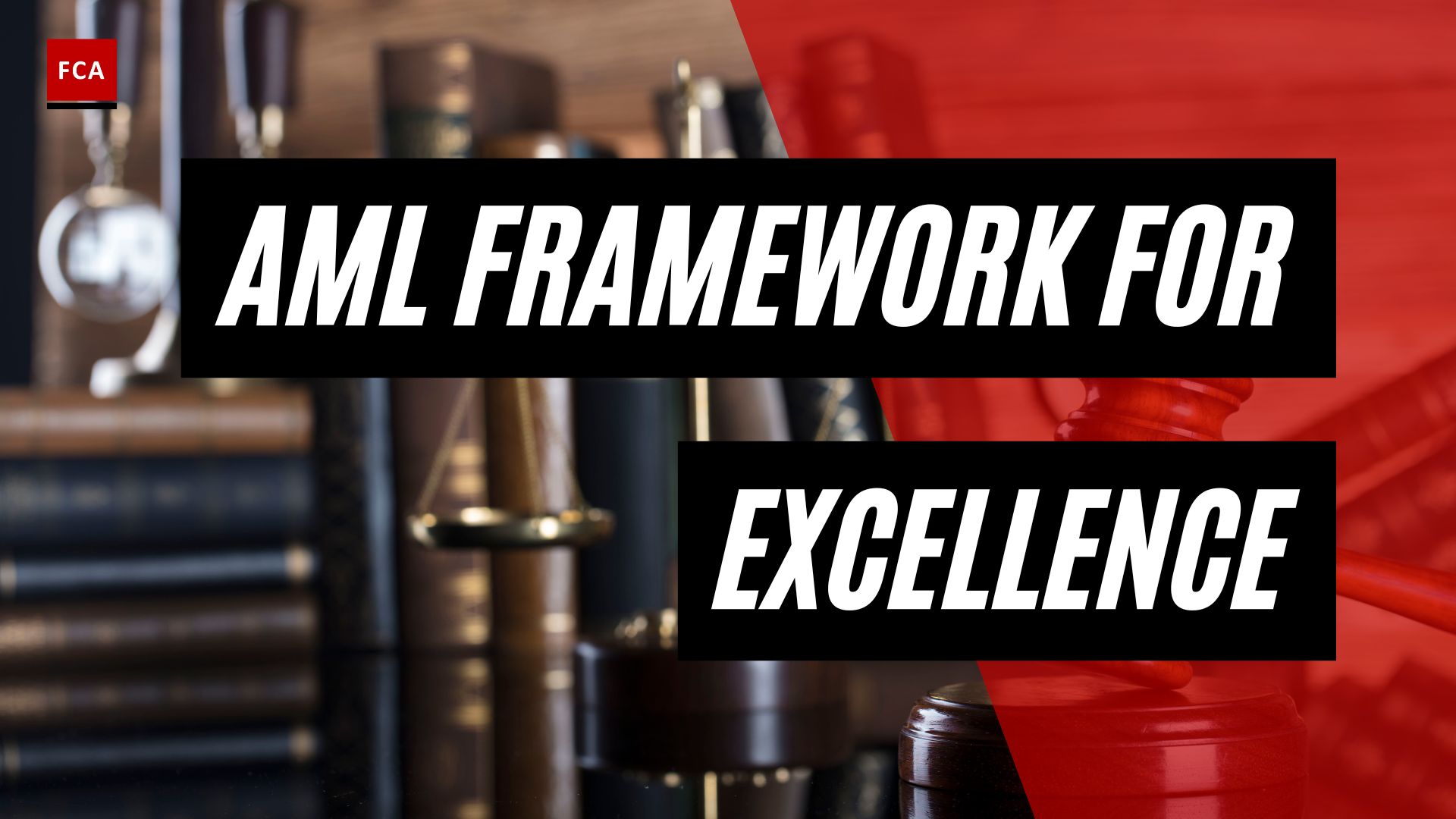The history of money laundering traces back to over 2000 years ago when wealthy Chinese merchants, according to historian Sterling Seagrave, started to ‘clean’ their profits as a way to circumvent regional trading bans. As centuries passed, this nefarious practice adapted and thrived, notably during the Prohibition era in the United States, when organized crime syndicates laundered illicit alcohol sales profits through seemingly legitimate businesses. This period famously saw figures like Al Capone take advantage of the method, contributing to the modern understanding of the term ‘money laundering’.
However, the actual term was coined only in the 1970s during the Watergate scandal, which perfectly epitomized the procedure of obscuring the source of illegal funds to make them appear as legitimate income. In the 1980s, governments weaponized money laundering regulations as a means to dismantle drug empires, using the laws to confiscate funds and convict criminals. This long and evolving history of money laundering illuminates its persistent threat to global financial systems and the necessity for adaptive strategies to combat it.
Money laundering is the process of converting large sums of money obtained through criminal activity, such as drug trafficking, into funds originating from a legitimate source. In many jurisdictions, it is a crime with varying definitions. It is a vital component of organized crime and the underground economy. It is the practice of engaging in financial transactions in order to conceal the identity, source, or destination of illegally obtained money under US law.
The common law definition is broader in UK law. The act is defined as “any action with property of any form that is either wholly or partially the proceeds of a crime that conceals the fact that the property is the proceeds of a crime or obscures the beneficial ownership of said property.”

The History of Money Laundering
The history of money laundering itself is probably as old as conducting crimes themselves. According to the historian Sterling Seagrave, more than 2000 years ago, wealthy Chinese merchants laundered their profits because the regional governments banned many forms of commercial trading. Seagrave writes that the government considers merchant activities with significant suspicion as they were deemed ruthless, greedy, and followed different rules. Besides this, many merchants’ income came from black marketing, extortion, and bribe.
The merchants who remained invisible were able to keep their wealth safe from the continuous extortions by bureaucrats. So they used techniques like converting money into readily movable assets and moving the cash out of the jurisdiction to invest the money in the business. Many money launderers still use this technique in today’s time.
The process of making illegally obtained proceeds “dirty money” appear legal is known as money laundering (i.e., “clean”). It usually consists of three steps: placement, layering, and integration. First, illegitimate funds are smuggled into the legitimate financial system. The funds are then moved around to cause confusion, sometimes by wiring or transferring through multiple accounts. Finally, it is assimilated into the financial system via additional transactions until the “dirty money” appears “clean.”
Stages of money laundering typically consist of three steps:
- Introducing cash into the financial system through some means (“placement”).
- Carrying out complex financial transactions to conceal the illegal source of the cash (“layering”).
- Acquiring wealth generated from the illicit funds’ transactions (“integration”).
Depending on the circumstances, some of these steps may be skipped. Non-cash proceeds, for example, already in the financial system would not need to be placed. All of these causes of money laundering.
Money Laundering in the 1930s
During the 1930s, during the period of Prohibition in the United States, laws against money laundering were enacted to combat organized crime. Prohibition provided a significant boost to organized crime as well as a large source of new funds obtained from illegal alcohol sales. The successful prosecution of Al Capone for tax evasion shifted the emphasis of the state and law enforcement agencies on tracking and confiscating money, but existing laws against tax evasion could no longer be used once gangsters began paying their taxes.
The more modern legend of how money laundering emerged is commonly attributed to prohibition in the United States during the 1930s. The Prohibition in the United States was a nationwide constitutional ban on the production, importation, transportation, and sale of alcoholic beverages from 1920 to 1933.
At that time, the organized criminals in the United States got intensely involved in the profitable alcohol smuggling industry. To legalize their profits, they started combining their profits with those from the legislative business. They could do this by purchasing outwardly legitimate businesses and mixing their illicit earnings with the fair payments they received from these businesses.
These gangsters chose actual laundromats because they were cash businesses. It was an undoubted advantage to people like Al Capone, who purchased and made great use of them. However, Al Capone was prosecuted and convicted in October 1931 for tax evasion, not for other crimes he had conducted.
In more informed circles, this legend is considered to be a myth.

Money Laundering in the 1980s
In the 1980s, the drug war compelled governments to revert to money laundering regulations to track and seize the proceeds of drug crimes and apprehend the organizers and individuals running drug empires. From the standpoint of law enforcement, it also had the advantage of turning evidence rules “on their head.” Normally, law enforcement must prove an individual’s guilt before seizing their property. Then, revise the following sentence to ‘ Still, money can be confiscated under money laundering laws, and it is up to the individual to prove that the source of funds is legitimate to get the money back.
It makes it much easier for law enforcement agencies and significantly lowers proof burdens. However, some law enforcement agencies have abused this process by taking and keeping the money without strong evidence of related criminal activity to supplement their budgets.
Watergate Scandal
The Watergate scandal was a major political scandal in the United States involving President Richard Nixon’s administration. President Richard Nixon served from 1972 to 1974, which resulted in Nixon’s resignation. The scandal arose as a result of the Nixon administration’s ongoing efforts to conceal its involvement in the June 17, 1972, break-in at the Democratic National Committee headquarters in the Watergate Office Building in Washington, D.C.
The Justice Department linked the cash found on them at the time to the Nixon re-election campaign committee. Subsequent investigations and as well as revelations during the burglars’ subsequent trials led the U.S. House of Representatives to give its judiciary committee more investigative authority to look into “certain matters within its jurisdiction, and the U.S, a special investigation committee, will be formed by the Senate.
Money laundering is what it is because it perfectly describes what takes place – illegal or dirty, money is put through a cycle of transactions, or washed, so that it comes out the other end as legal, or clean, money. In other words, the source of illegally obtained funds is obscured through a succession of transfers and deals so that those same funds can eventually be made to appear as legitimate income. It turns out that the actual term money laundering was first used in 1973 relating to the Watergate scandal.
Final Thoughts
Examining the origins and evolution of money laundering reveals its deep-seated roots in our economic history, dating back to Chinese merchants over 2000 years ago. This illicit activity, which involves transforming illegally obtained funds into seemingly legitimate assets, has consistently adapted to circumvent evolving legal and financial systems worldwide. It thrived in the United States during the Prohibition era of the 1930s, when organized crime groups, such as those led by Al Capone, exploited legitimate businesses like laundromats to ‘clean’ their illicit profits.
However, the popular notion of laundromats being the origin of the term ‘money laundering’ is now often considered a myth. The term ‘money laundering’ came into vogue during the Watergate Scandal of the 1970s, where it succinctly described the process of obscuring the source of illicit funds to make them appear legal.
Throughout the 1980s, governments leveraged anti-money laundering regulations to combat organized crime, particularly drug trafficking. While this approach allowed for more straightforward prosecution and property seizure, it also opened up opportunities for law enforcement abuse. The complex, mutable history of money laundering underscores its persisting threat to global economies and the continuous need for robust, adaptable strategies to combat it.








